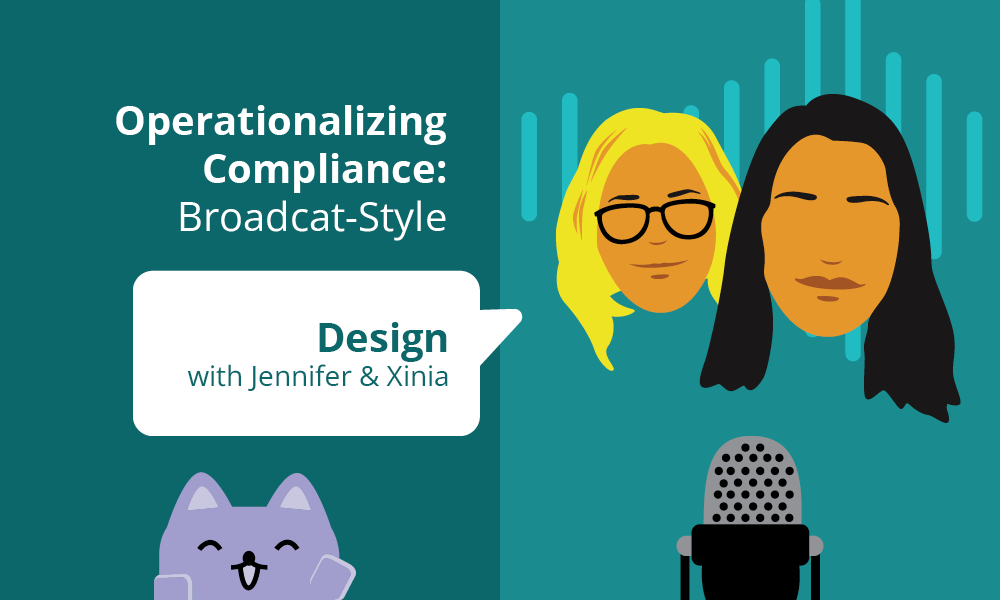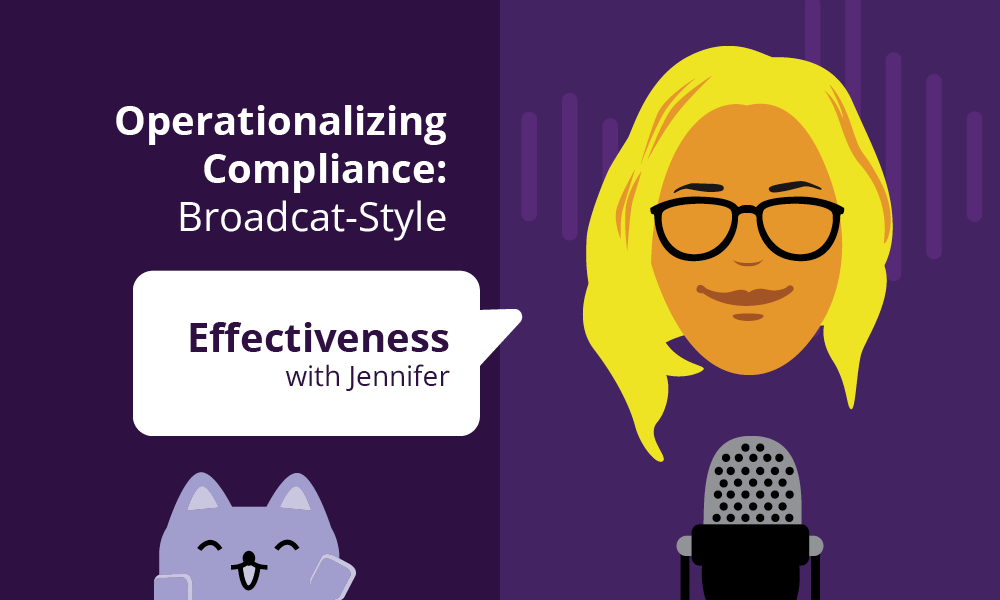The role of the CCO has steadily grown in stature and prestige over the years. The 2020 FCPA Resource Guide, under the Hallmarks of an Effective Compliance Program, focused on whether the CCO held senior management status and had a direct reporting line to the Board. The new requirement for CCO certification has only emphasized this reality.
This Hallmark was significantly expanded in the 2020 Update and the FCPA Corporate Enforcement Policy. And in so doing, the DOJ has increased the prestige, authority, and role of the CCO and corporate compliance function. The 2020 Update has five general areas of inquiry around the CCO and corporate compliance function. (1) How do the CCO’s salary and stature compare to other senior executives within the company? (2) What are the experience and stature of the CCO with an organization? Does the CCO have appropriate training for the role? (3) How much autonomy does the CCO have to report to the Board of Directors? How often does the CCO meet with directors? Are members of the senior management present for these meetings with the Board of Directors or the Audit Committee? (4) What is your structure? Is the compliance function run by a designated chief compliance officer or another executive within the company, and does that person have other roles? (5) Is data in your organization so siloed that the CCO does not have access to it? If so, what are you doing about it?
Once again, for the compliance professional, the FCPA Corporate Enforcement Policy and 2020 Update make the importance of a best practices compliance program even more critical. The DOJ focuses more on the role, expertise, and how the compliance function is treated within an organization. Pay your CCO considerably less than your GC. You may now better be able to justify that discrepancy. You may be starting behind the eight-ball if you have a legal department budget of $3 million and a compliance department budget of $500,000.
Three key takeaways:
- How can you show the CCO has a seat at the senior executive table?
- What are the professional qualifications of your CCO?
- Does your CCO have true independence to report directly to the Board of Directors?








